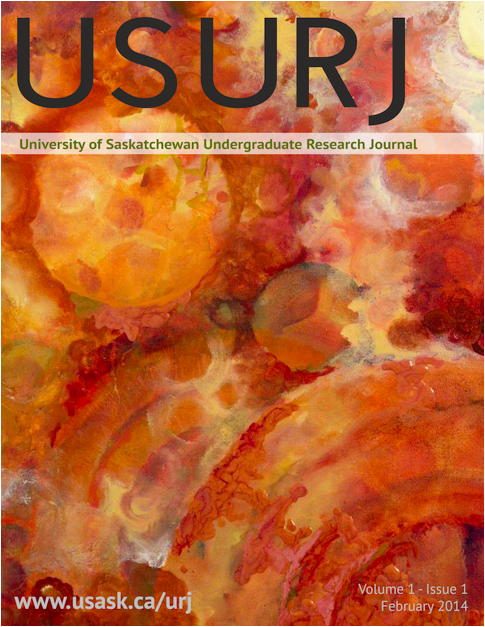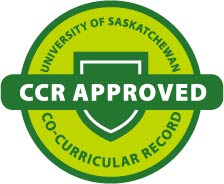Canadian First Nations Child Welfare Care Policy: Managing Money in "Ottawapiskat"
DOI:
https://doi.org/10.32396/usurj.v1i1.46Keywords:
First Nations, Aboriginal, Canadian, child, welfare, human rights, residential school, governmentAbstract
The inter-generational loss of Indigenous identity in Canada has been a result of Canadian Aboriginal policy in the past and present. The policies of the residential school era and the policies of today’s child welfare system lead to similar outcomes, particularly governmental determination of how the next generation of First Nations people are affected by the state. By 1997-1998, the Department of Indian and Native Affairs reported that First Nations child and family services were administering services to 70% of children on reserves, and that number was projected to increase to 91% by 2002. In 1940 when the residential school system was still in full use, there were almost 8,000 children in the schools across the country; compare that statistic to the year 2002 when there were over 22,500 First Nations children in the child welfare system, showing a progression of almost three times the number living in state care. The numerous social problems resulting from poverty are re-enforced by the Federal Government’s policy decision to neglect taking action despite their own commissions and research data. Procedural problems in child welfare administration arise due to government jurisdictions, which will also be discussed.
Downloads
Published
Issue
Section
License
Articles: USURJ’s current Publication Agreements apply a Creative Commons Attribution-NonCommercial License (CC-BY-NC) by default. The CC BY-NC license lets others remix, tweak, and build upon work non-commercially. The author(s) can choose a different CC license, as outlined in https://creativecommons.org/about/cclicenses/. Please see the PDF for each article to determine what license is applied to that article. Author(s) can also request to reserve all copyright (All Rights Reserved). If there is no indication for articles published before September 2020, assume the author retains all rights beyond those necessary for publication by USURJ. All articles published after September 2020 will apply one of the aforementioned CC licenses. See the Publication Agreement under the Submission Preparation Checklist or Author Guidelines for more information. Artwork: All copyright for the original artwork remains with the artist unless they wish to apply a Creative Commons (CC) license to the artwork. Please see the PDF for each artwork to determine what license is applied to that artwork.







